++ Thought of the Day ++
Victory is not yours to celebrate. The Emperor already knew this battle was won;
your reward is a lifetime of faith and service in His name.
Last December, we announced that the Necrons are coming to Warhammer 40,000: Battlesector in 2022. We can report that work building the Necron forces is progressing well, and we expect to start beta testing soon. Back in December when we first announced the Necrons DLC we had assumed we would be able to start the beta in January. Unfortunately, it will have to start a bit later, in March. We have received so many applications and we're currently going through them. If you have been picked you will hear from us, so make sure to be on the lookout and check your e-mail inbox during March.
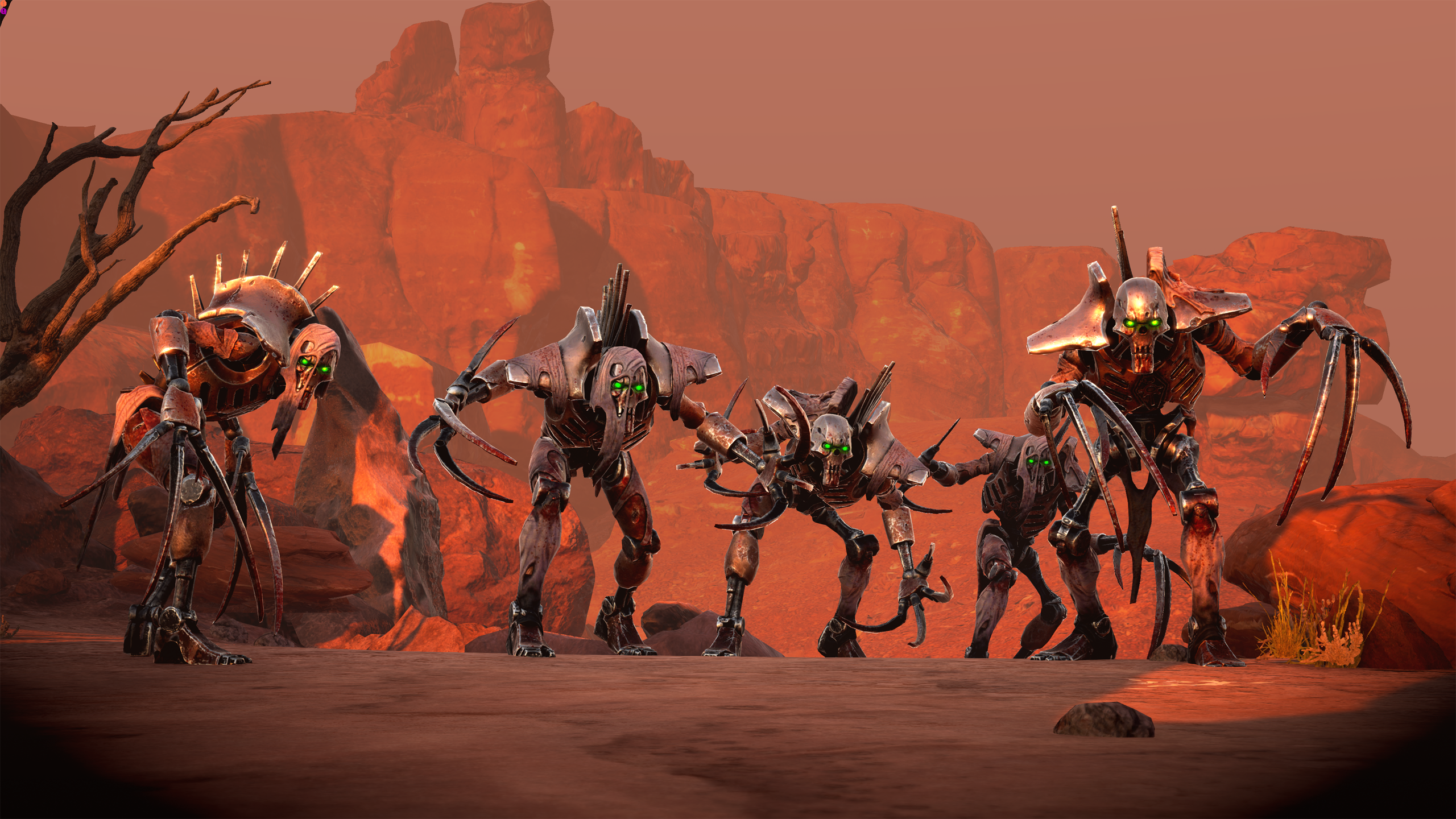 Flayed Ones
Flayed Ones
We also announced a new style of campaign that will be available alongside the Necrons faction pack, and the good news is that this is also progressing well. It’s still a little too early to share details, as some things are still in flux and subject to change, but we’ll share more information as soon as we can.
For this dev diary, we thought we’d go behind the scenes and talk about the process we use to bring a unit from Warhammer 40,000 into Battlesector.
If you are at all familiar with the game development processes, you’d know that the first stage a character usually goes through is concepting. This is when the character is designed, outlining the attributes that describe the character. Development art is generated to express what the character looks like.
Because the units we are adding to Battlesector already exist, we have a basis to work from. We’ll review the relevant codex, and explore how a unit is used in the tabletop so its attributes can be mapped across to the gameplay requirements for Battlesector. As Battlesector has its own ruleset, and digital games are very different from tabletop games, a lot of interpretation is required.
As for concept art, we get that in the form of Games Workshop Citadel's miniatures!
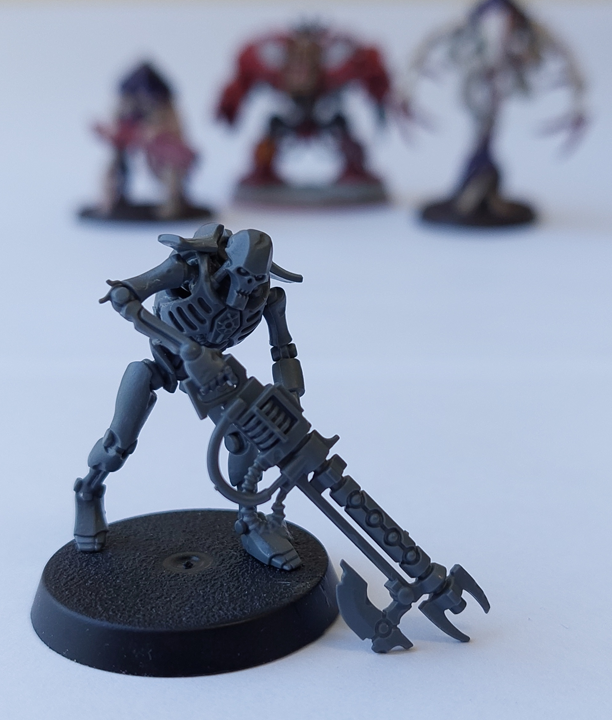
"They're behind me, aren't they?"
Our art team will use Warhammer miniatures as a reference and create a high poly sculpt of the unit and its weapons. These sculpts are made up of millions of polygons and are very detailed, including scratches and battle damage.
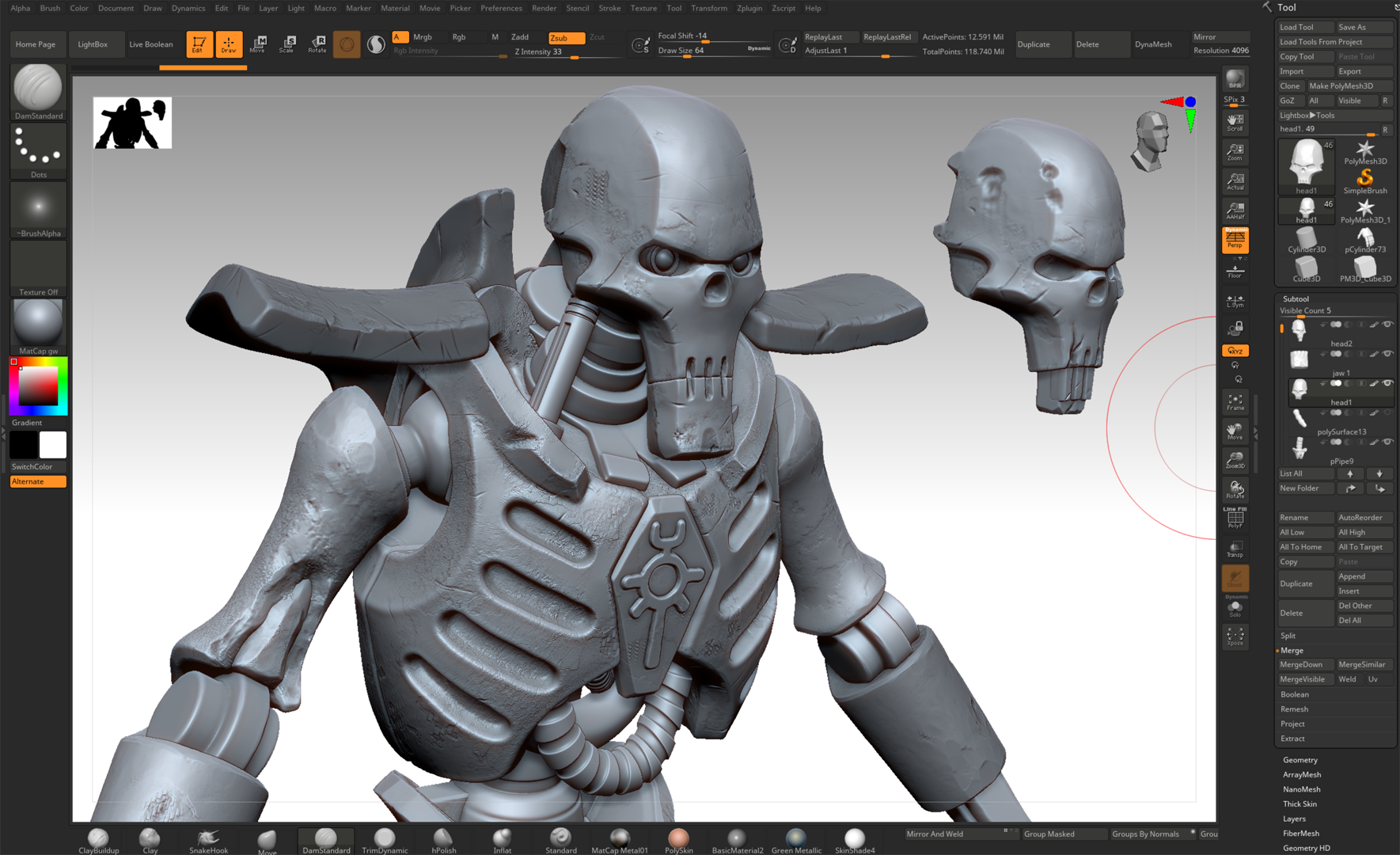 High-polygon sculpt of a Necron Warrior.
High-polygon sculpt of a Necron Warrior.
Next, we use a process called retopology to make a version of the unit with a lower polygon count that is suitable for use in the game. A 3D artist creates a new model to fit over the top of the high-poly sculpt.
From there, it’s on to texturing, where the iconic colours of the miniatures are added. The fine details from the high-polygon sculpt are embedded in the texture maps, bringing out the details.
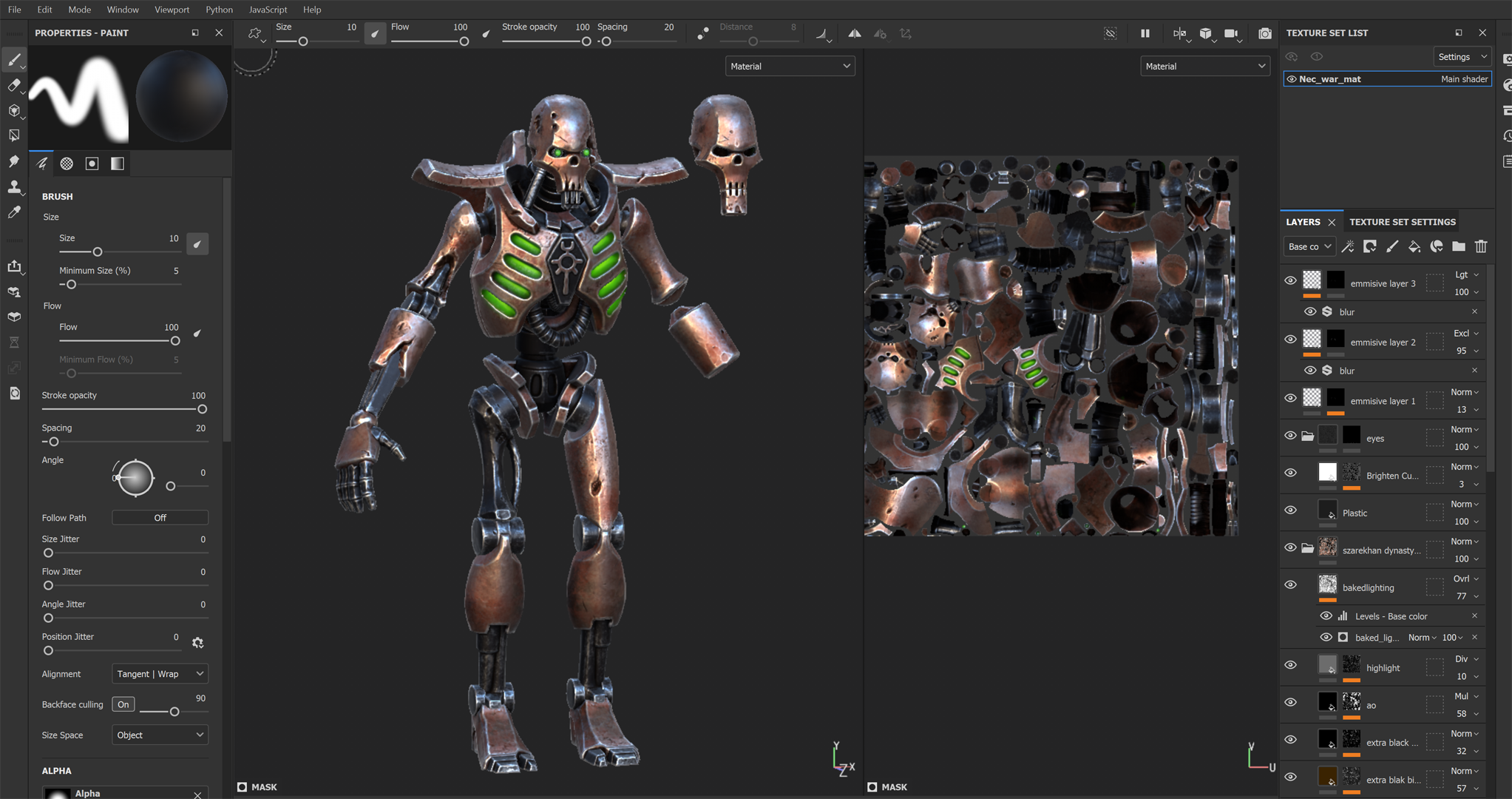 Necron Warrior with texturing
Necron Warrior with texturing
The unit model is now ready for animation. All units have a minimum set of required animations, for idles, movement, being hit by enemy attacks, and ranged and/or melee combat. For most of these animations, we’ll create several variations so that each model in a multi-model unit moves slightly differently. In addition, there are unique animations for special abilities.
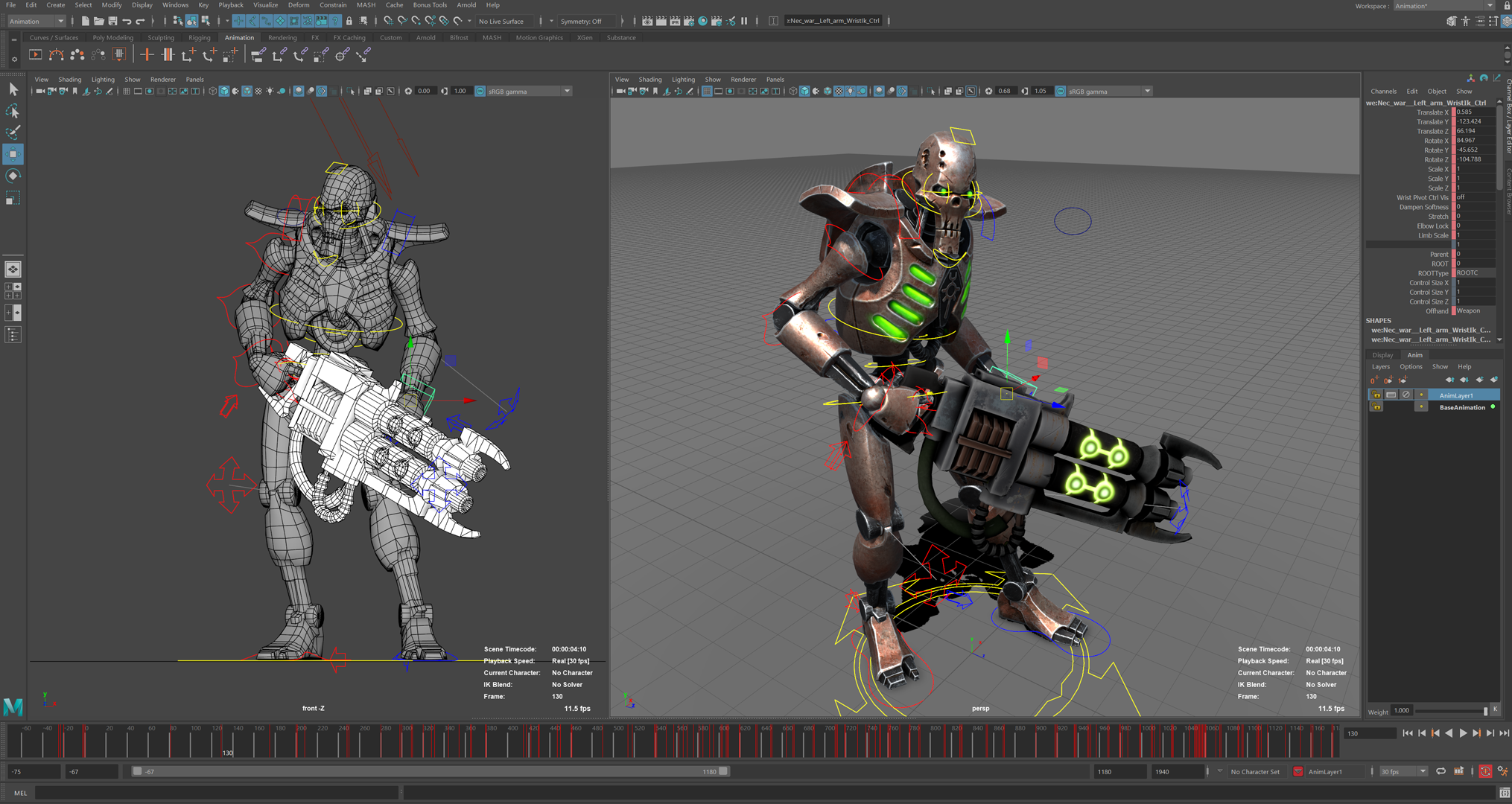 Necron Warrior being animated
Necron Warrior being animated
With the 3D aspects of the art process complete, it’s now time to get the unit into the game engine. We’ve got a number of proprietary tools for configuring a unit’s statistics and its art and animation.
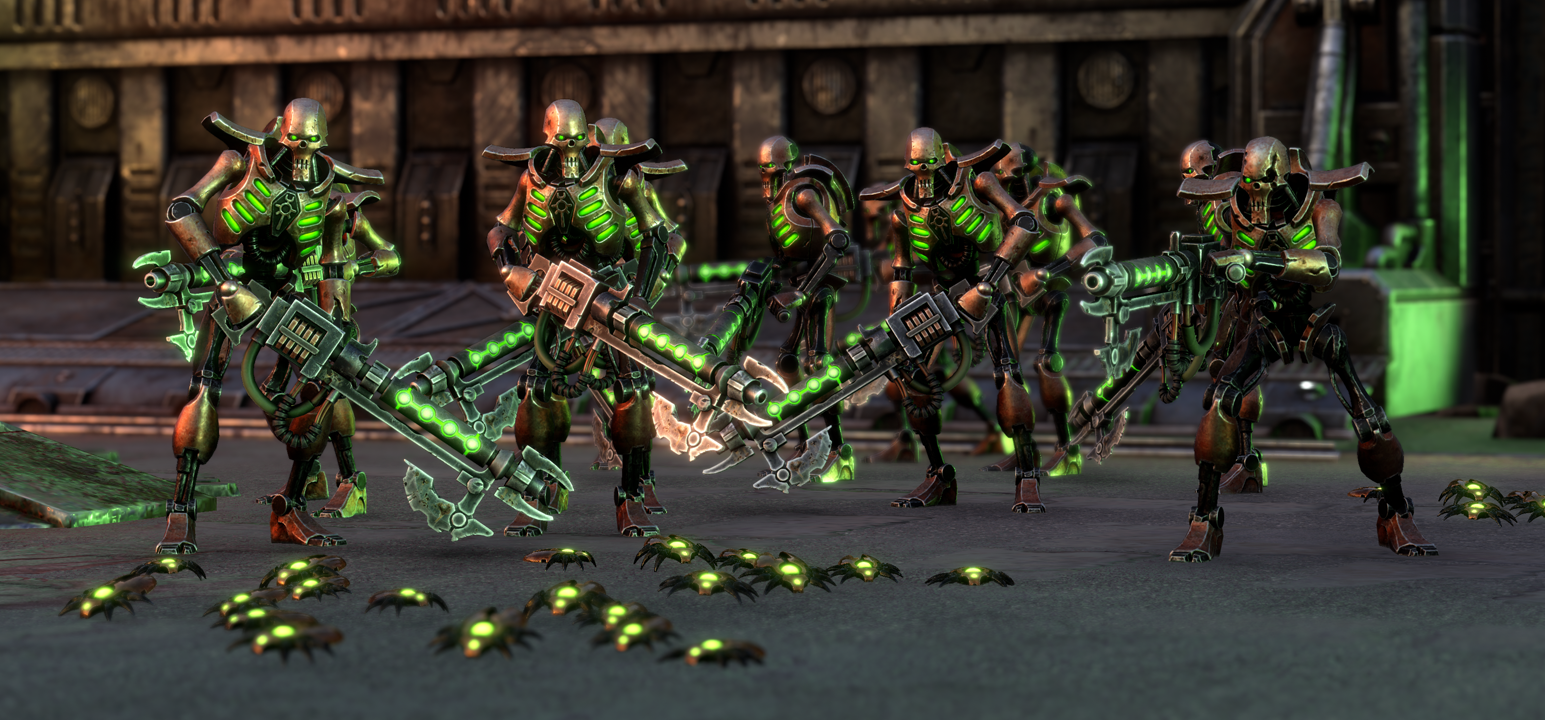 Necron Warriors in-engine.
Necron Warriors in-engine.
Whilst this is going on, the artwork is also being generated for unit portraits, and weapon and special ability icons - these are all hand-drawn using digital art software.
In addition, there are audio requirements. Voice overs for barks are written and recorded, post-production effects are added. Sound effects for all aspects of the unit’s utility are created, such as movement, weapons fire and using special abilities. These sound assets also require configuration in the game engine to ensure they trigger at the right time.
This process can take several person-weeks (or months) to complete for a single unit. Along the way, we are sharing progress with Games Workshop, to ensure that the units are as authentic and faithful to the miniatures and the lore as possible.
Finally, when all of this is done for all of the units in a faction, balancing can start. Based on internal playtesting, adjustments are made to a unit’s statistics, and if required, any aspect of the unit that isn’t working out how it should be is revised.
We then enlist the assistance of beta testers, who put the units through their paces and give us feedback on what’s working and what’s not. Based on this feedback, we’ll further iterate on the balance of the units until everything feels about right.
We hope you’ve found this peek at how a faction is added to Warhammer 40,000: Battlesector interesting, and if you would like to participate in the beta test for the Necrons, you can still apply here. Thanks for your continued support!
- The Black Lab Games team
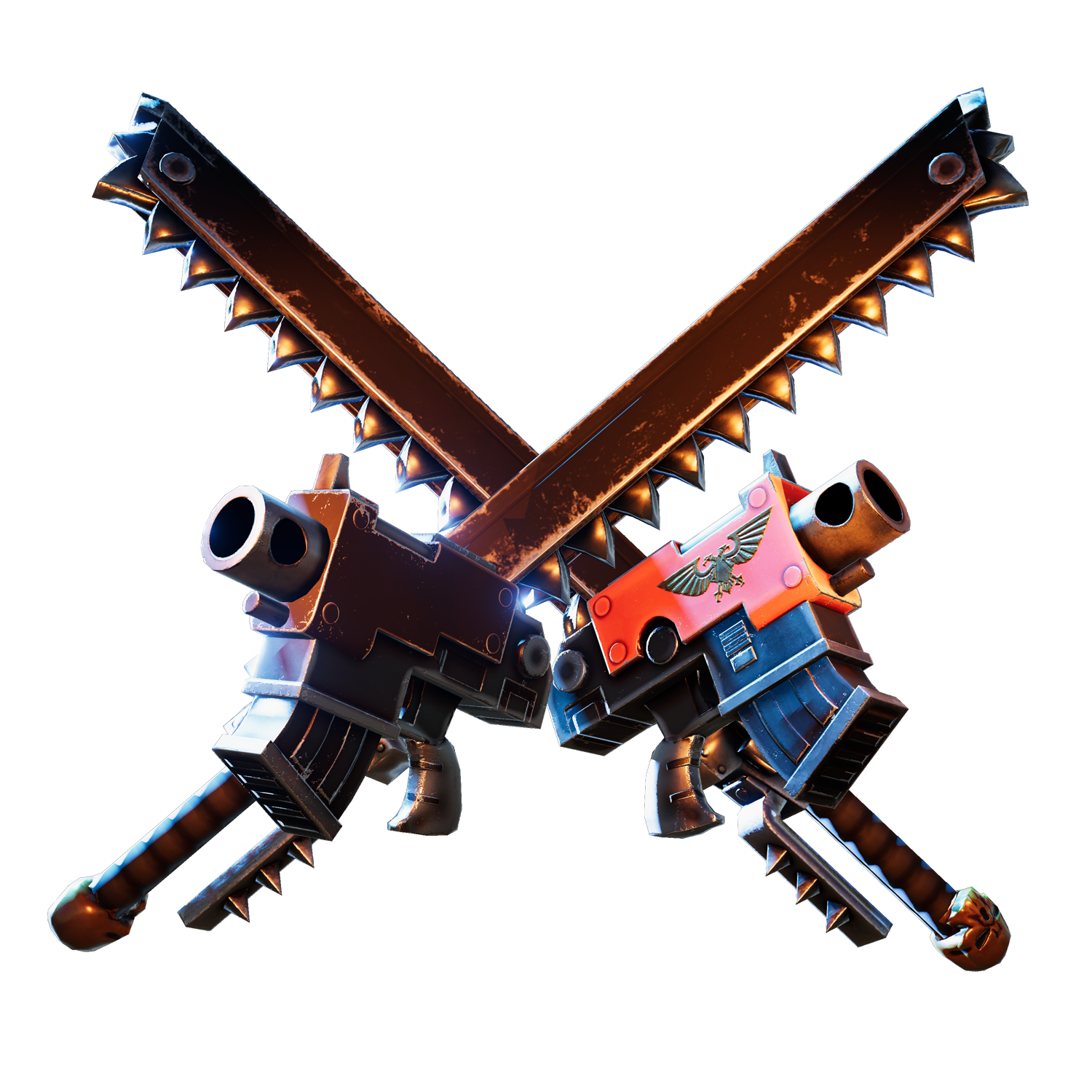


 Flayed Ones
Flayed Ones
 High-polygon sculpt of a Necron Warrior.
High-polygon sculpt of a Necron Warrior. Necron Warrior with texturing
Necron Warrior with texturing Necron Warrior being animated
Necron Warrior being animated Necron Warriors in-engine.
Necron Warriors in-engine.




